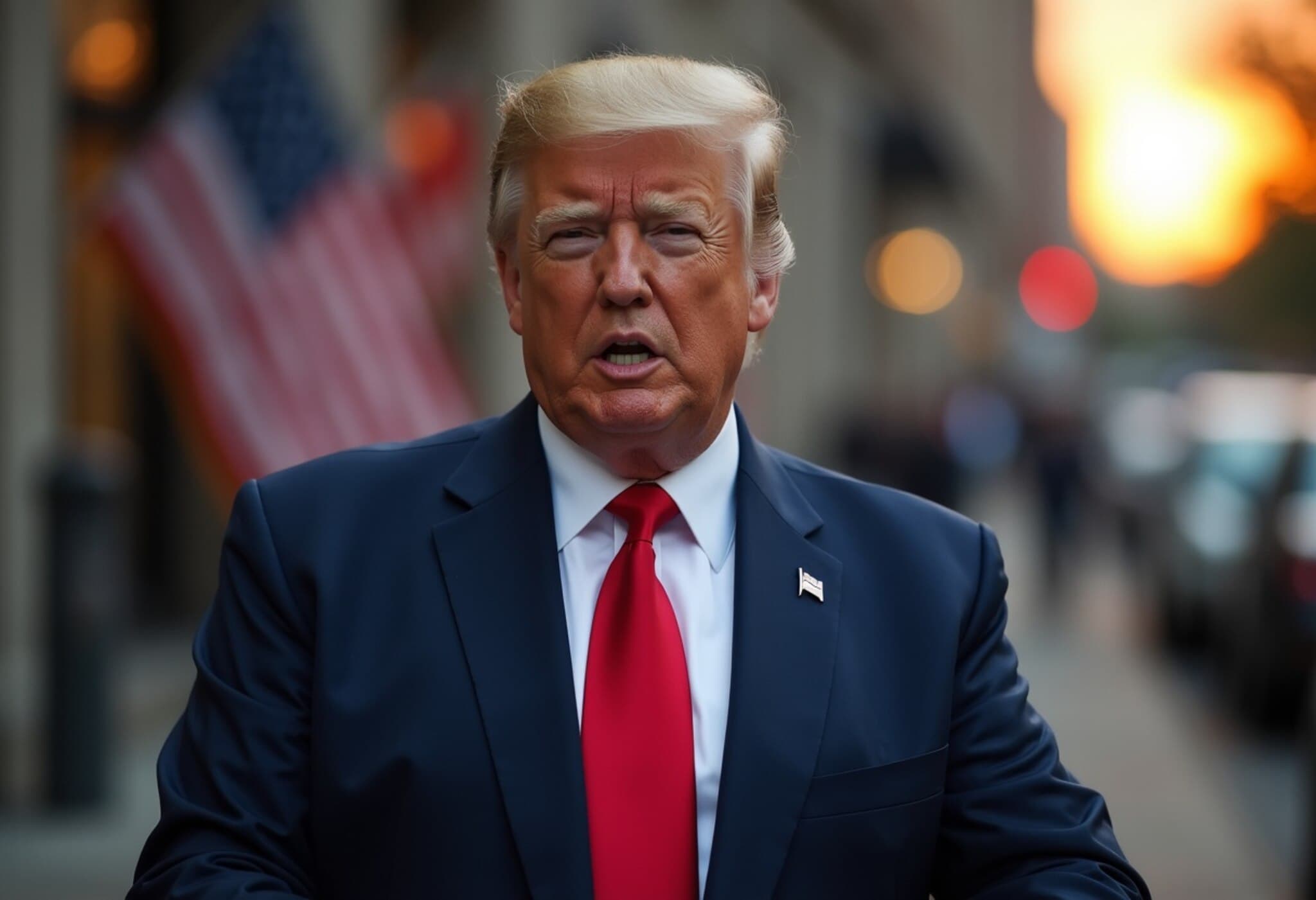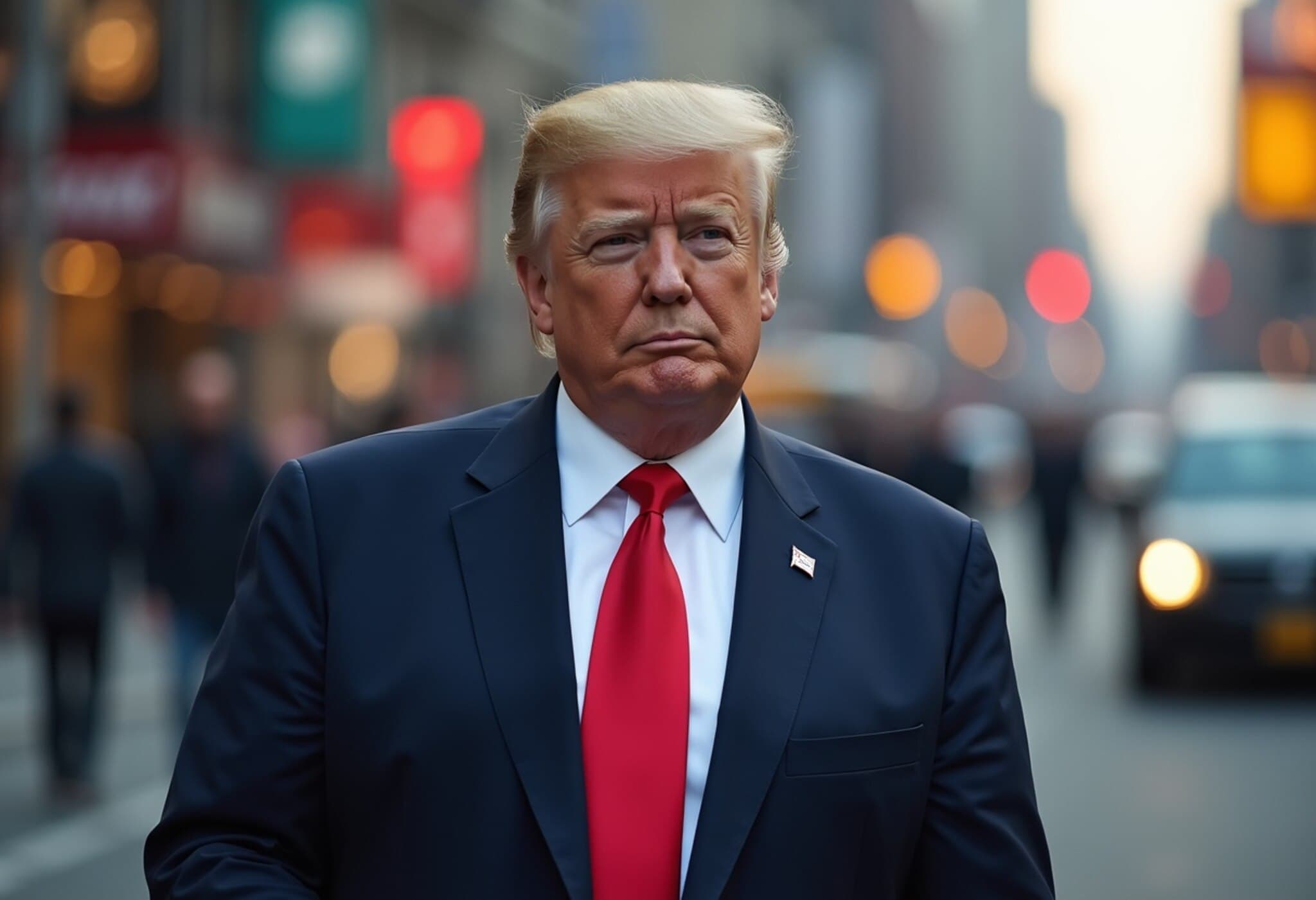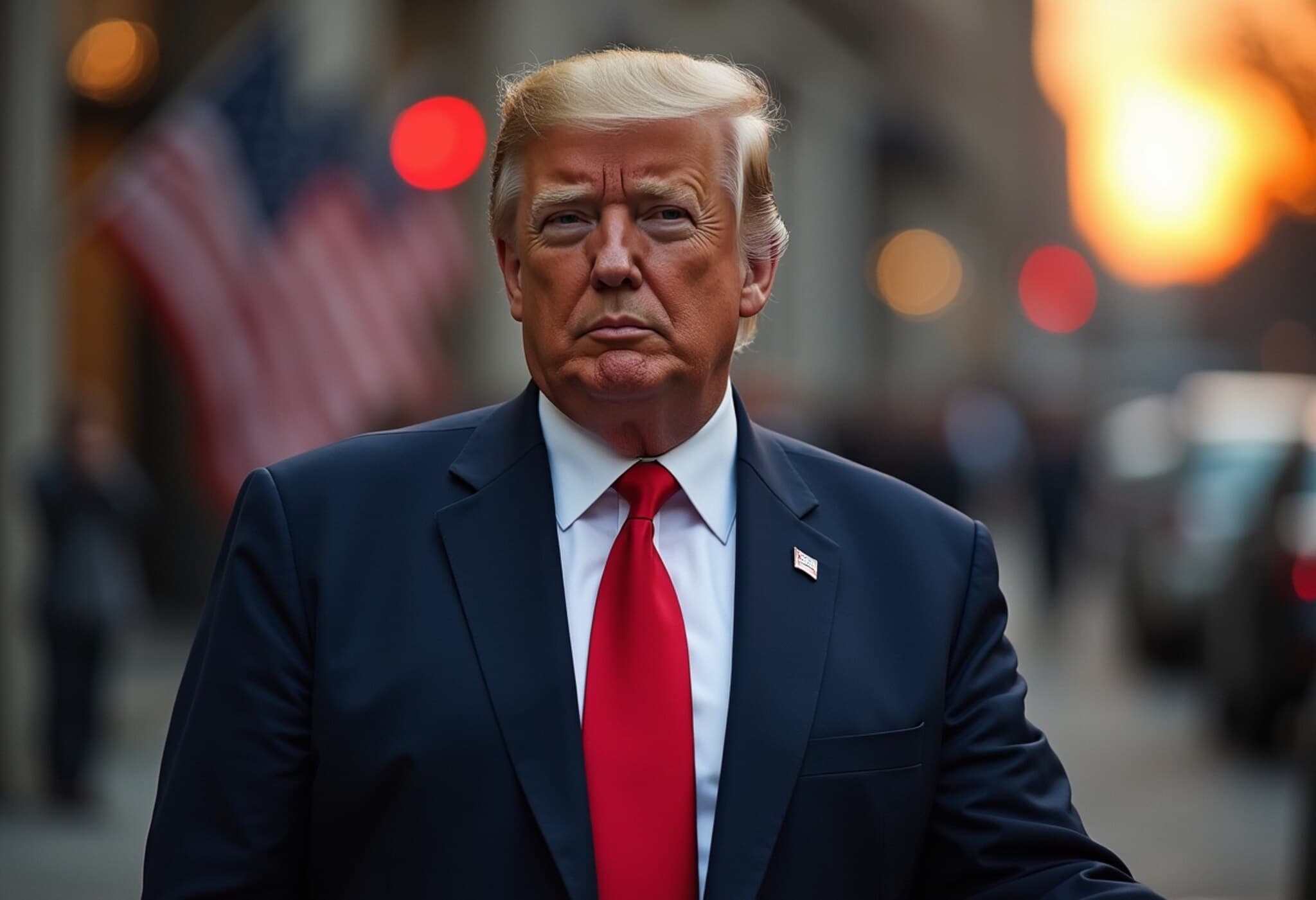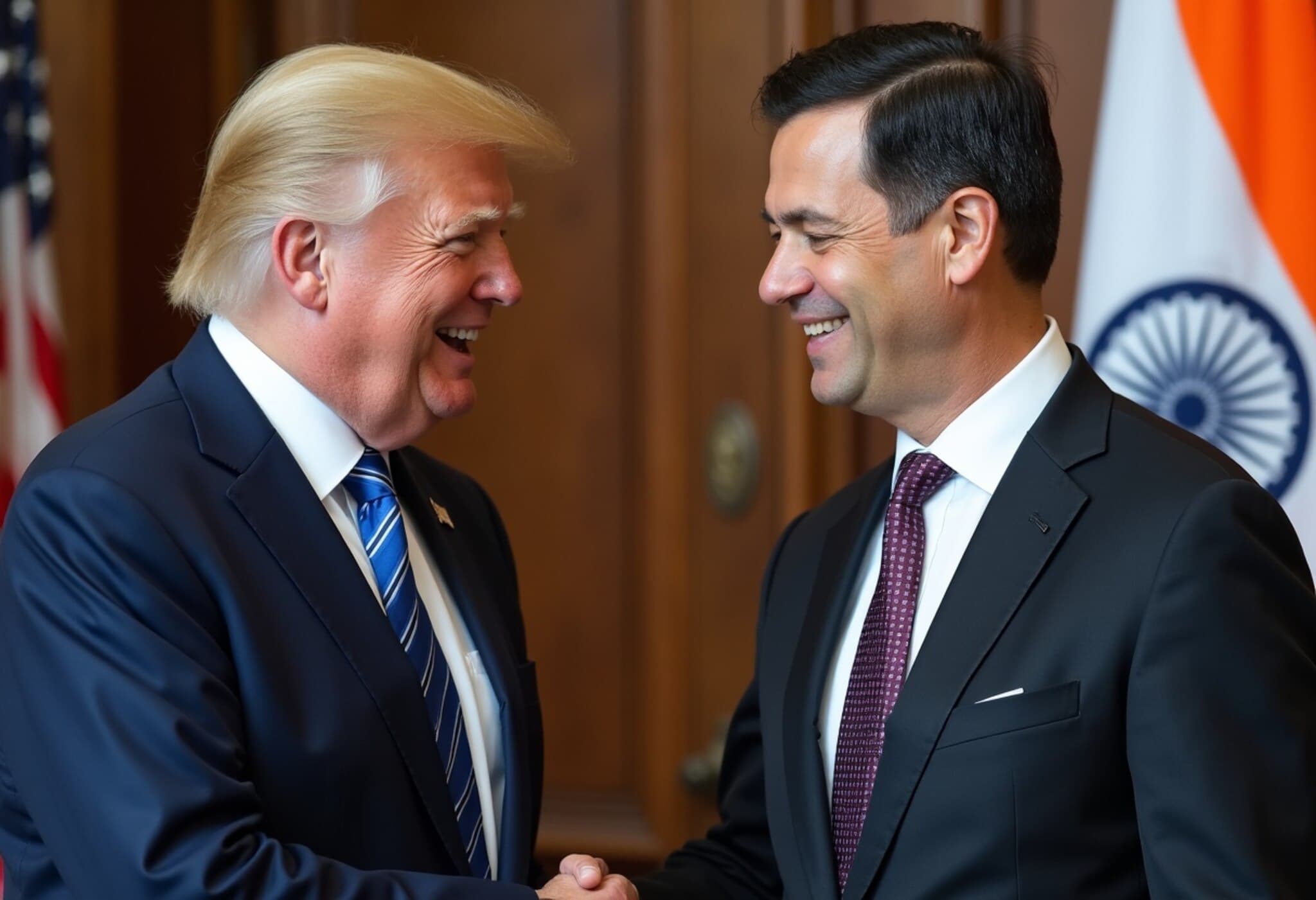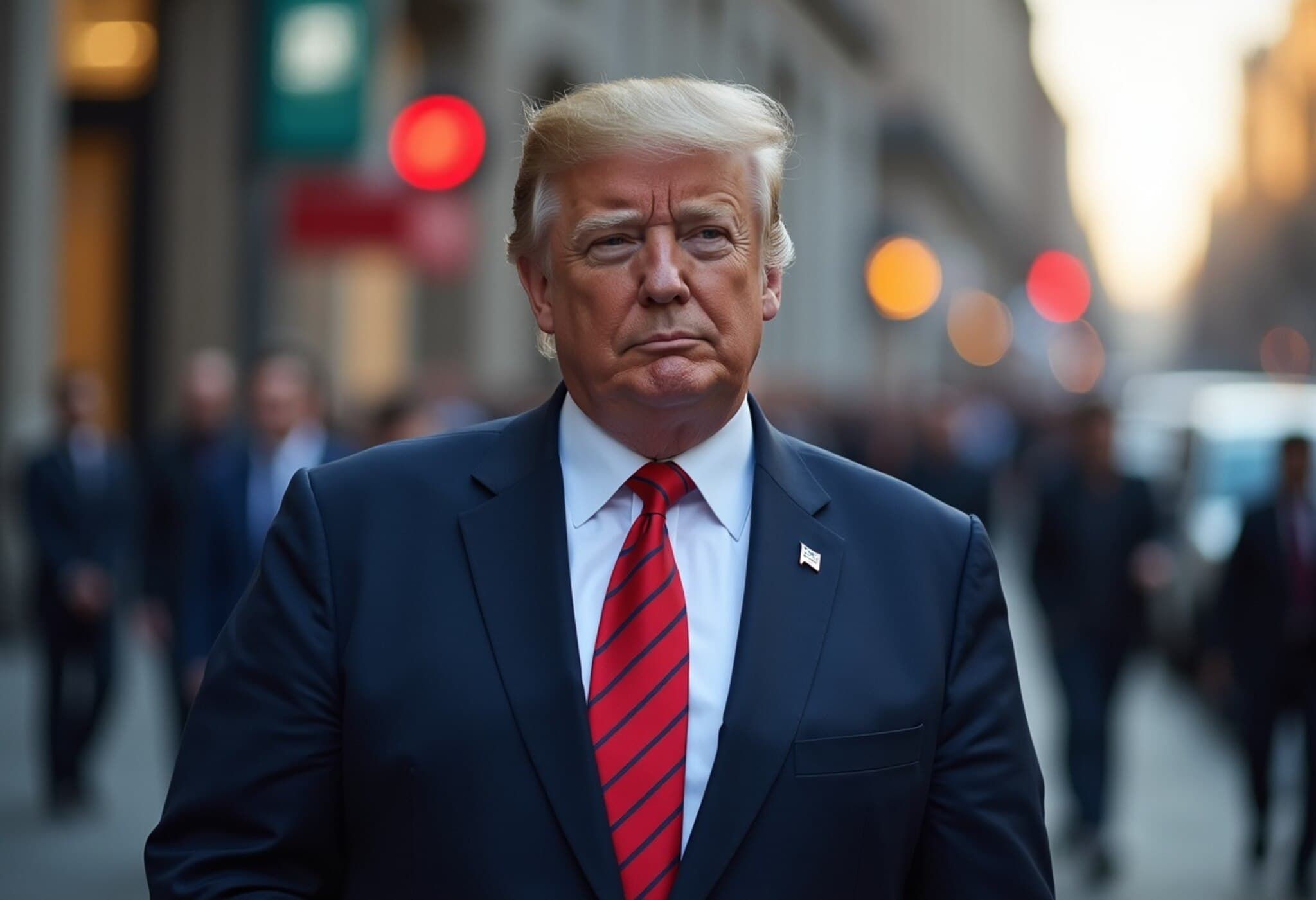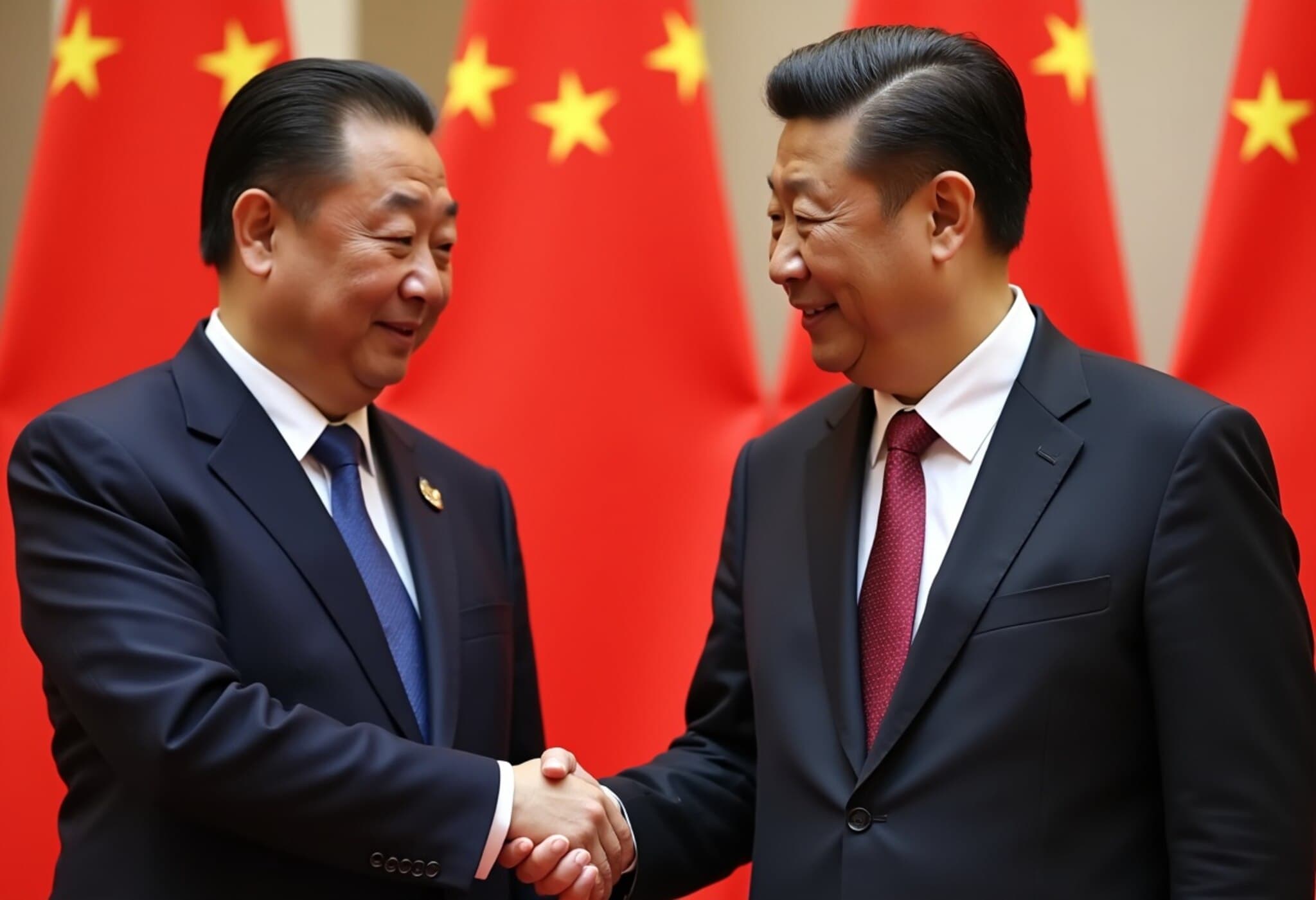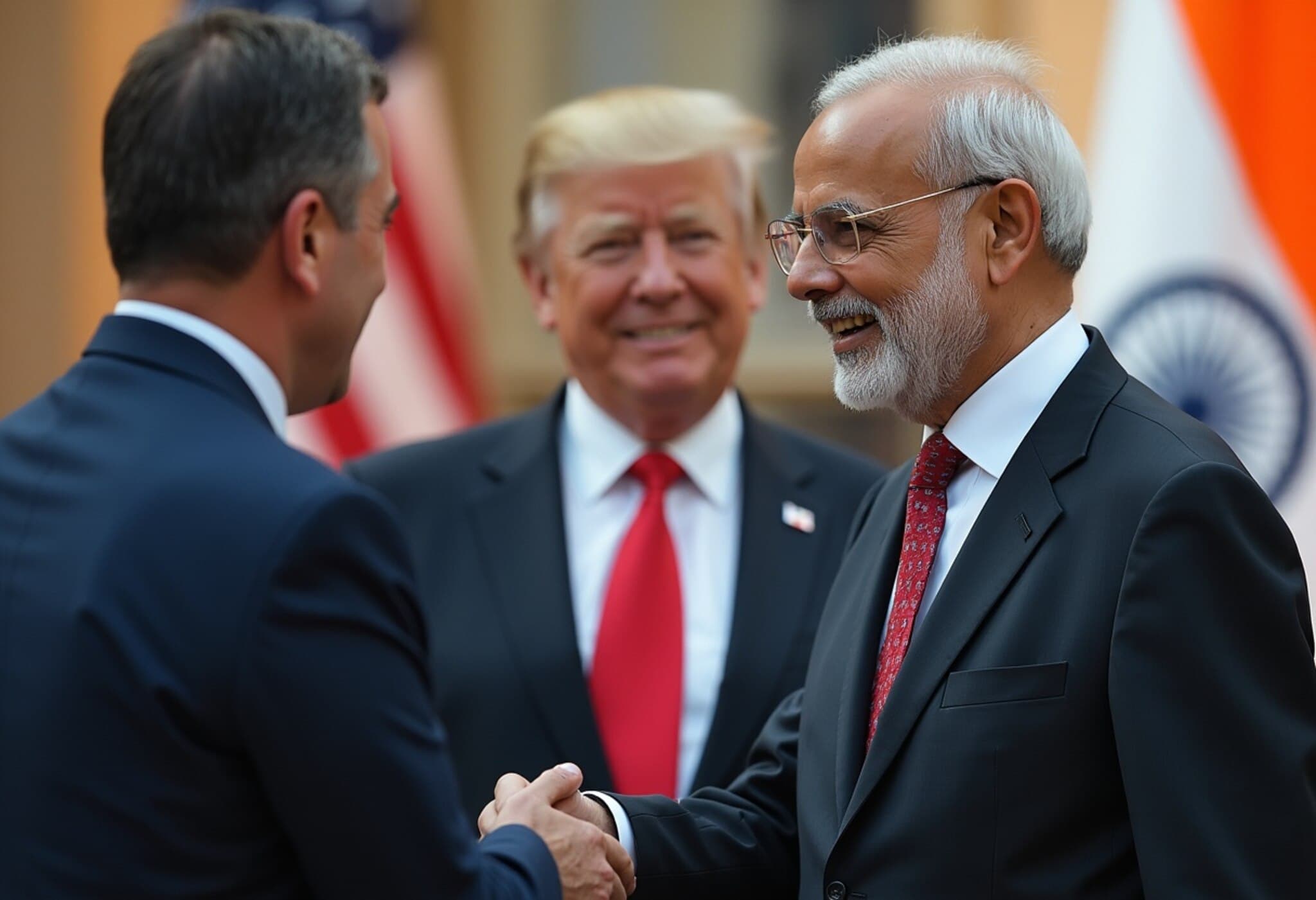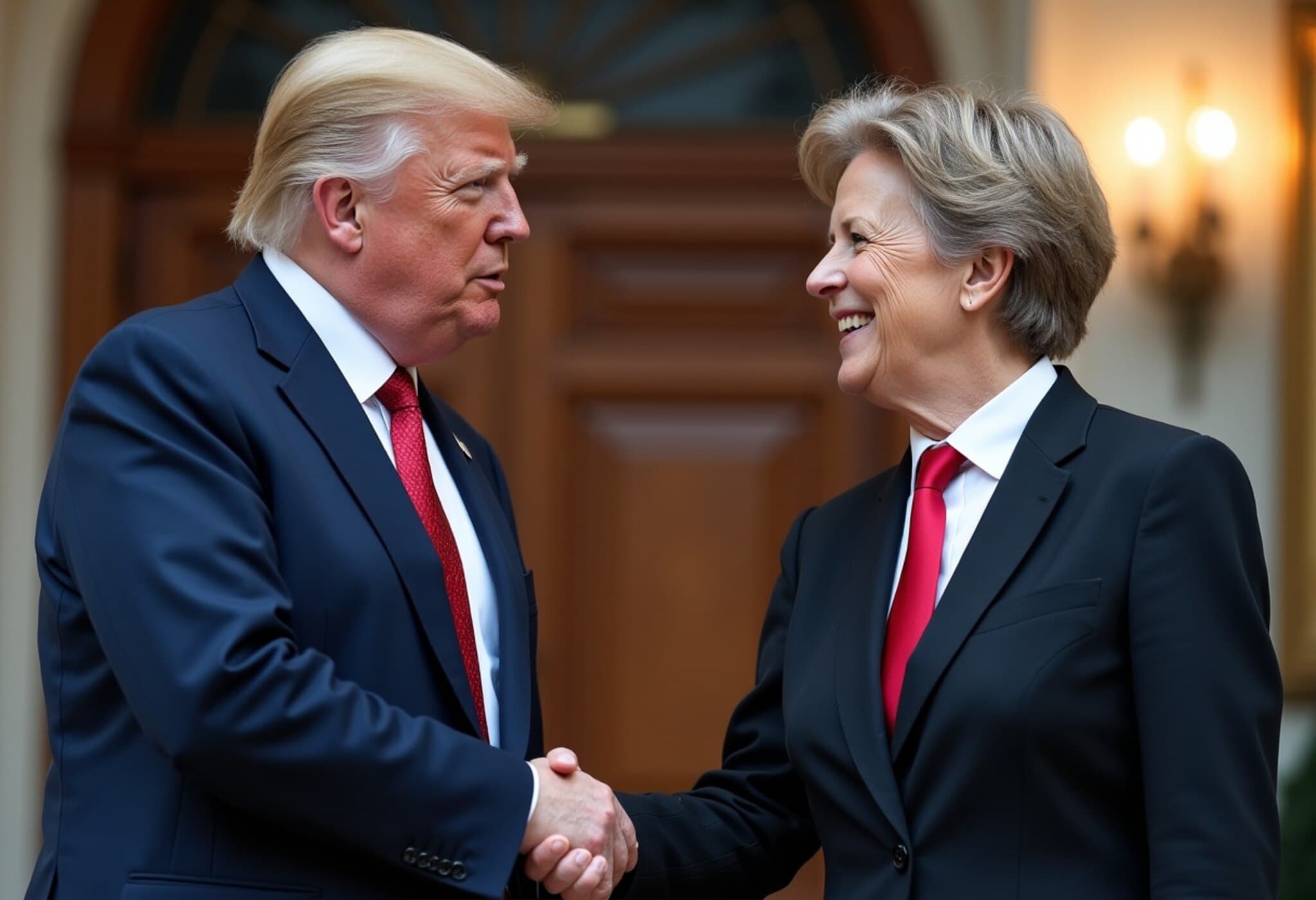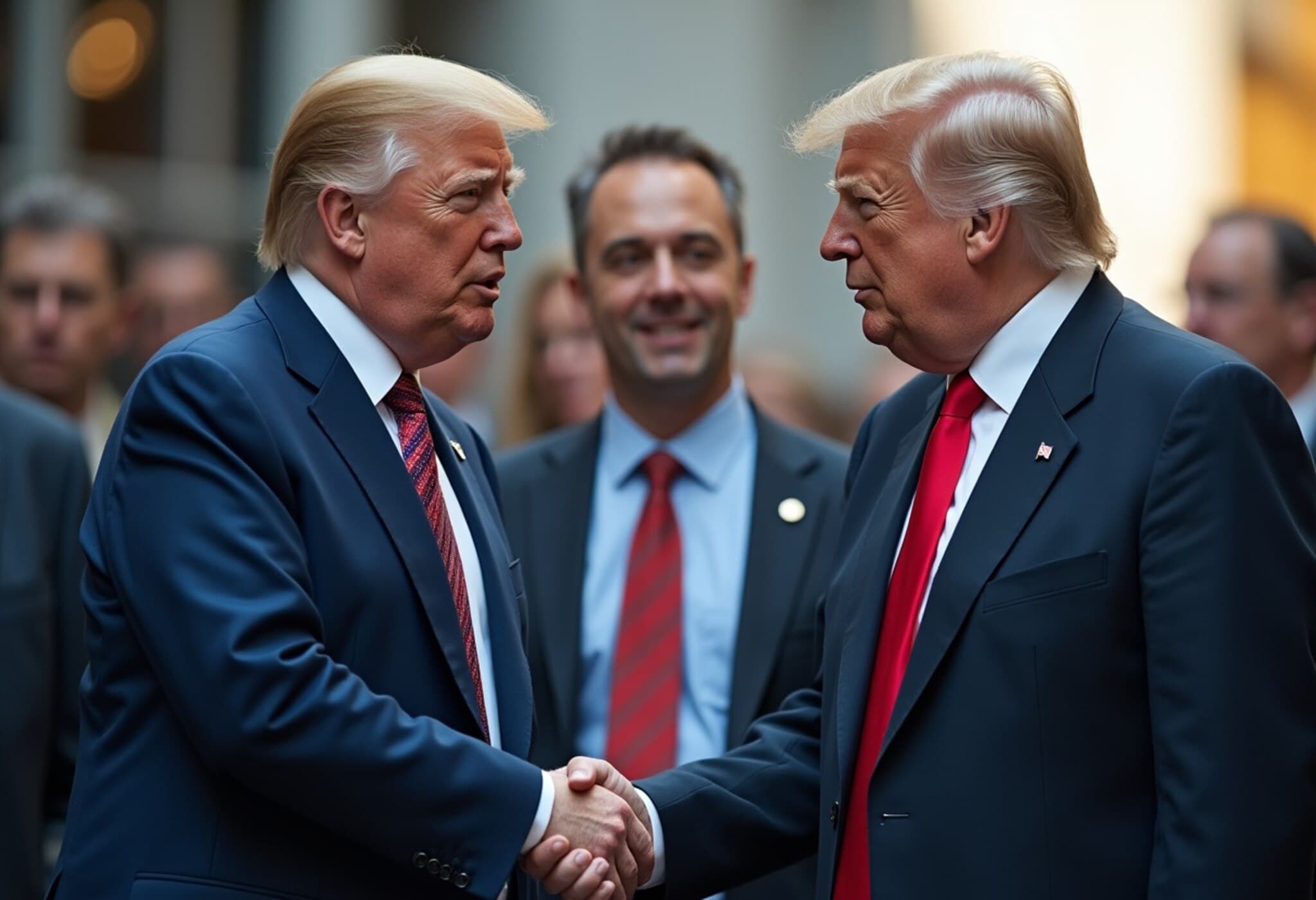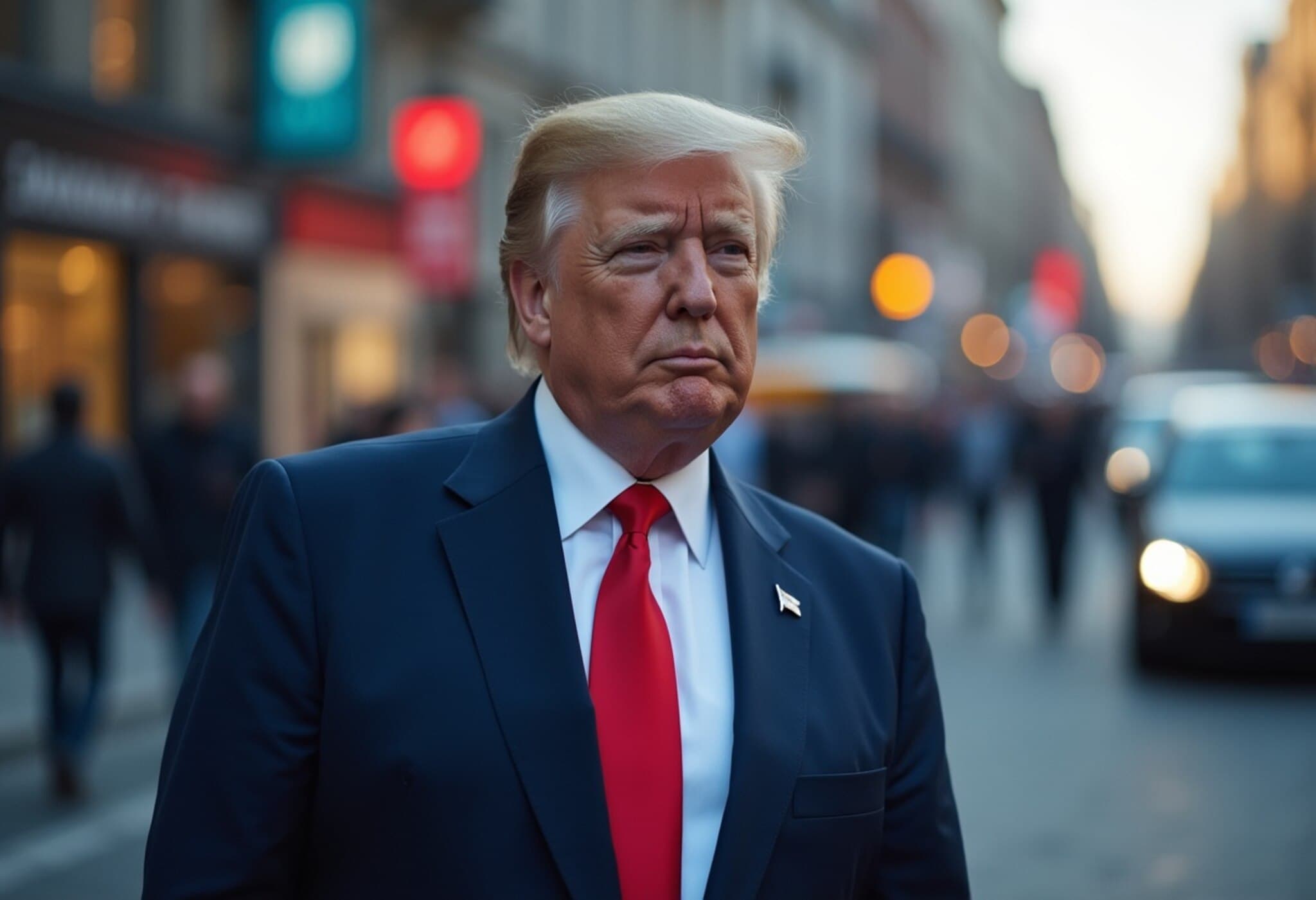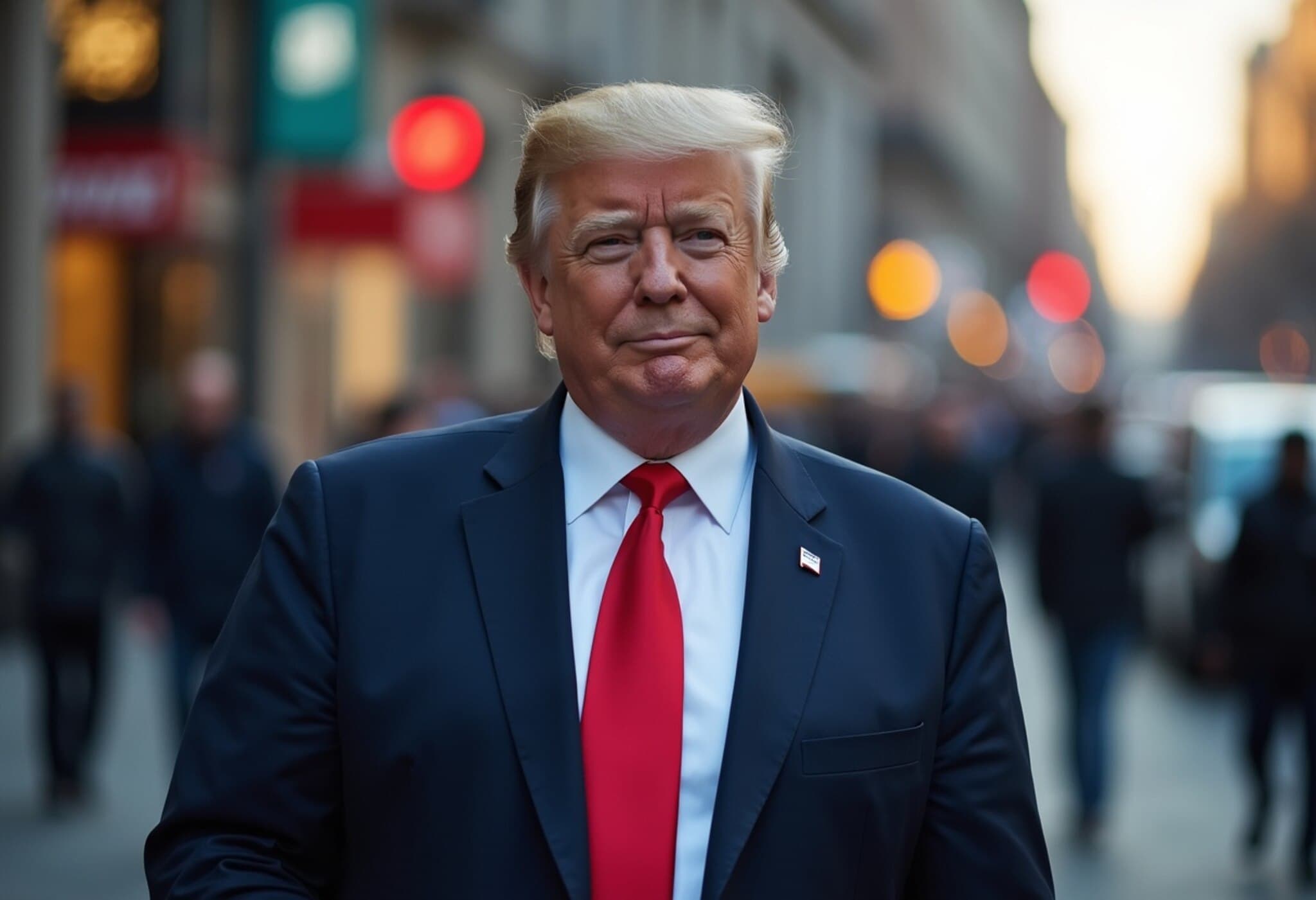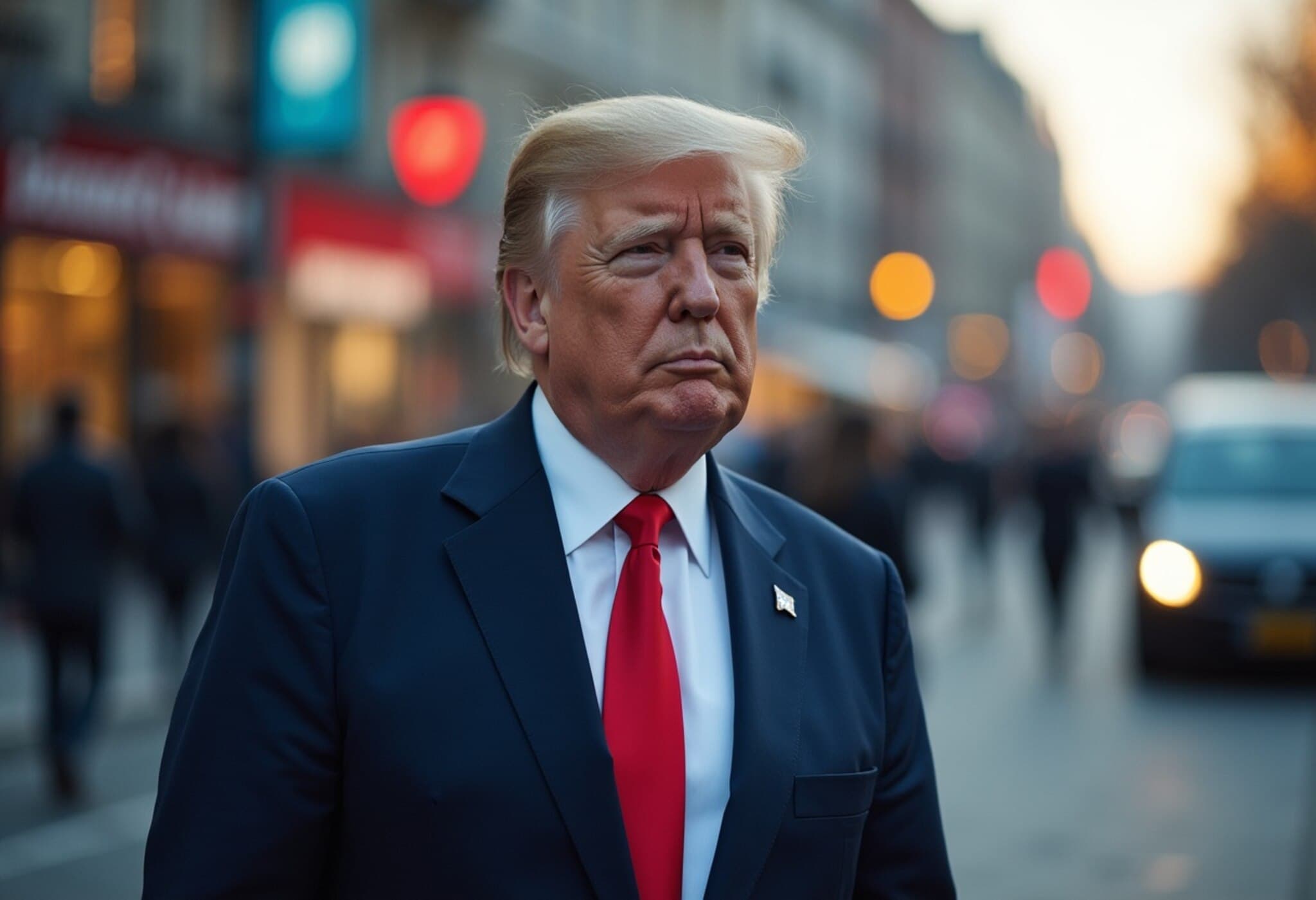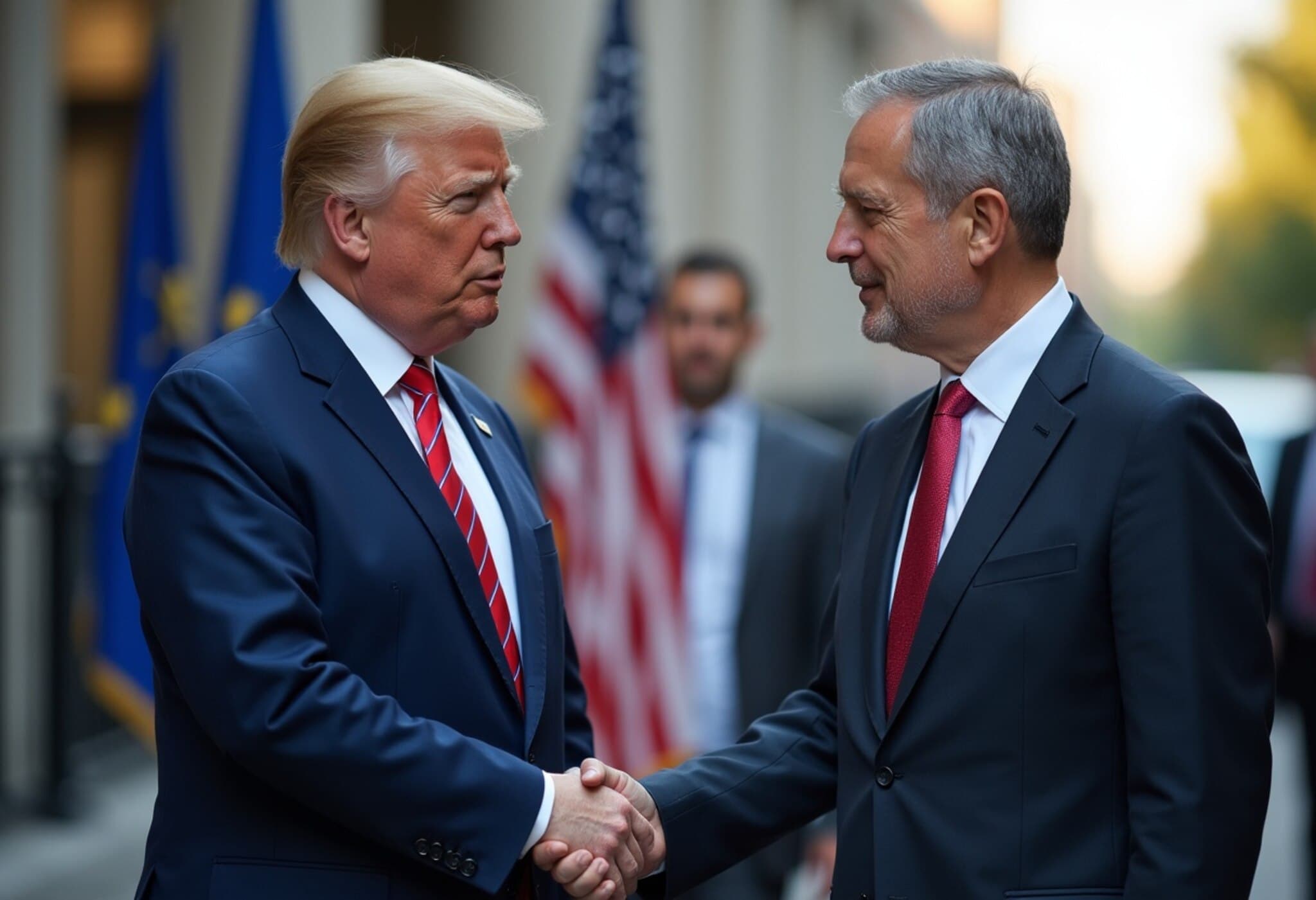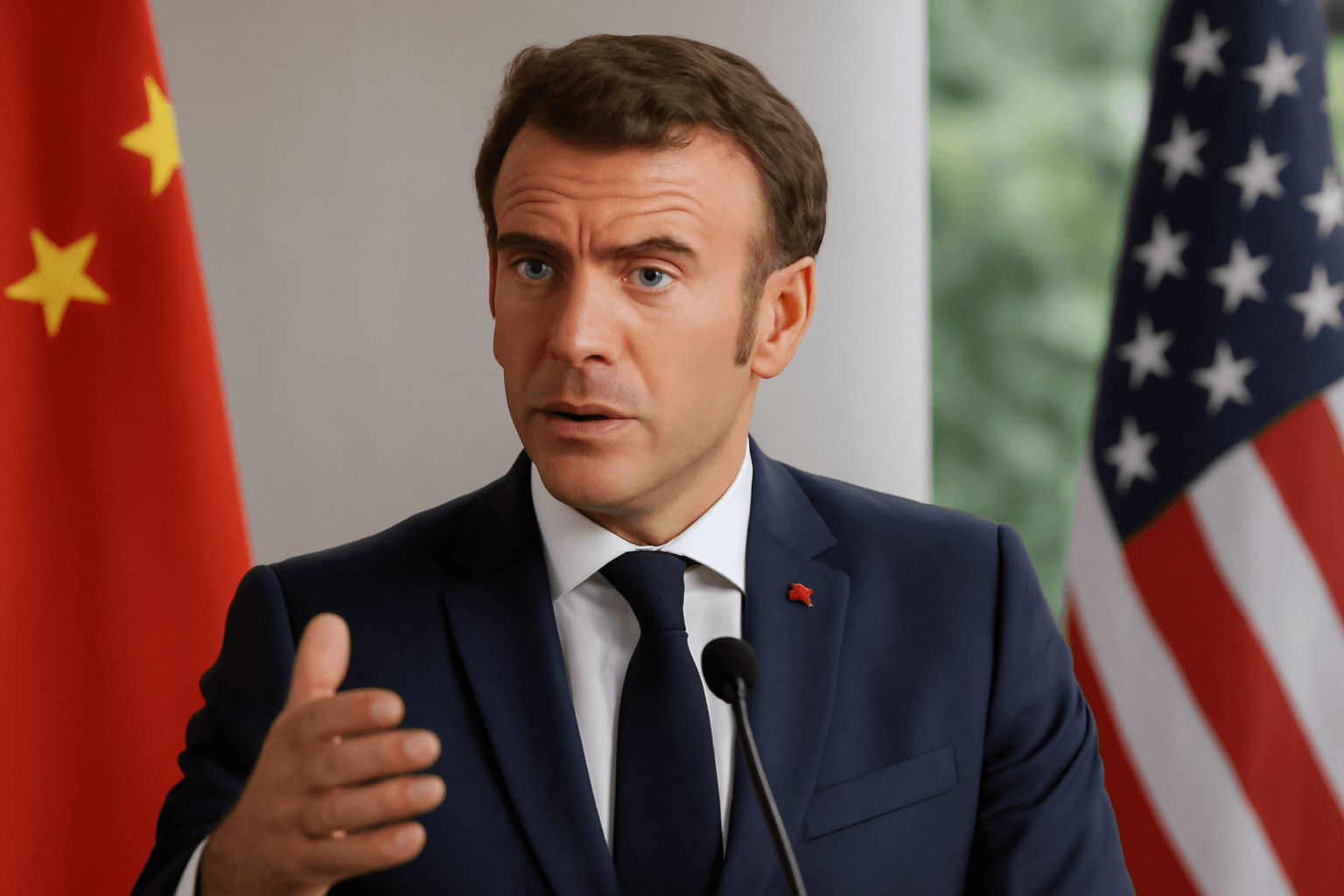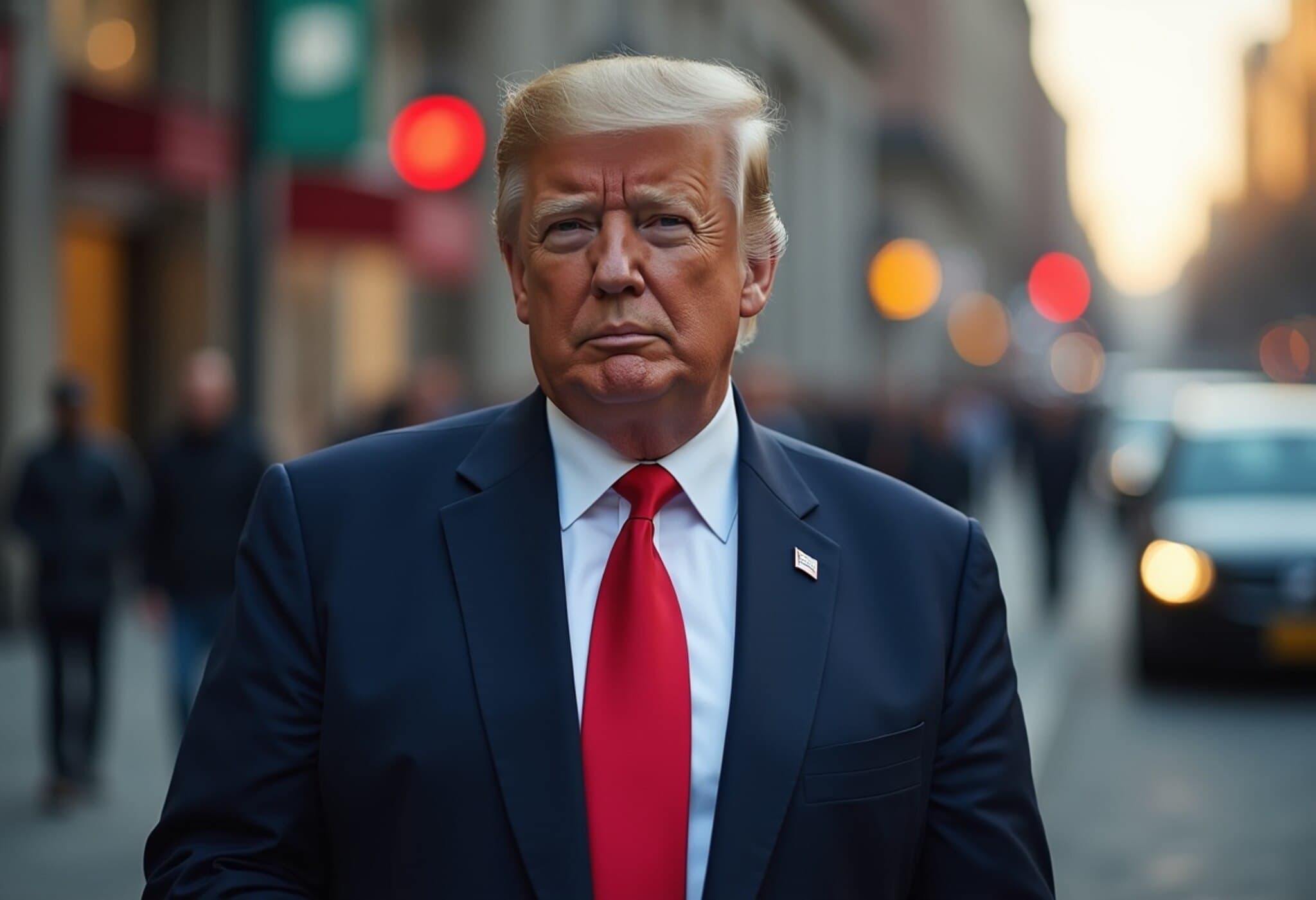EU Gears Up to Counter US Tariff Threats With New Trade Defense Tools
As transatlantic tensions escalate, the European Union is poised to push back against the United States’ looming tariff threats, signaling a firm stance to protect its economic interests. With a crucial August 1 deadline approaching for resolving trade disputes, the EU—including key members led by France—is considering unprecedented use of its Anti-Coercion Instrument (ACI) to retaliate should talks falter.
France Leads the Charge on Anti-Coercion Strategy
More than half a dozen EU nations are rallying behind France’s call for activation of the ACI, a bold defensive measure designed to shield the bloc from economic coercion by powerful trade partners. Benjamin Haddad, France’s Minister for European Affairs, underscored the need for unity and strength in negotiations, telling Bloomberg that the EU must demonstrate “force, unity and resolve” in response to US threats.
Under the proposed countermeasures, the EU could impose tariffs impacting nearly €100 billion worth of US goods, marking an unprecedented escalation in the ongoing trade discord. These retaliatory duties would compound existing tariffs—such as the 25% on European cars and 50% on steel and aluminum imposed by the US.
Multiple Fronts in Europe’s Retaliation Playbook
Beyond the ACI, the EU is exploring a multifaceted defense strategy:
- Digital Levies: New taxes targeting American tech giants operating within European markets.
- Investment Curbs: Restrictions on US firms’ capability to invest in sensitive European sectors.
- Market Access Limitations: Exclusions of US companies from public procurement and key EU industries.
- Tariffs on Goods: Plans to impose duties on up to €93 billion of American exports.
This comprehensive approach reflects a deepening resolve to level the playing field amid escalating protectionist moves.
Divisions Within the EU and Diplomatic Efforts Underway
However, unanimity remains elusive. European Commission President Ursula von der Leyen has cautioned that the ACI is reserved for “extraordinary situations,” suggesting the situation has not yet reached that threshold. Some member states share this more cautious outlook, concerned about triggering a full-blown transatlantic trade war that could destabilize global markets already strained by previous tariff conflicts.
Meanwhile, negotiations press on. EU Trade Commissioner Maros Sefcovic departed for Washington to engage directly with US counterparts, including Commerce Secretary Howard Lutnick and Trade Representative Jamieson Greer. Despite President Trump’s recent letter threatening a 30% tariff hike on EU exports starting next month, EU officials expressed surprise and disappointment but continue to seek a diplomatic resolution.
Contextual Analysis: What’s at Stake in the EU-US Trade Relationship?
The EU and US represent each other's largest trading partners, making these escalating tensions significant not only for bilateral commerce but for the global economy. Trump's proposed tariff increases threaten sectors ranging from automotive manufacturing to technology, potentially disrupting supply chains and increasing costs for consumers on both sides of the Atlantic.
From a policy perspective, the EU’s invocation of the ACI would mark a critical moment in trade diplomacy, signaling a shift toward more assertive defense mechanisms against economic coercion. Given recent global trade uncertainties—including supply chain upheavals and geopolitical risks—this stand-off underscores the fragility of international trade agreements in an era of rising protectionism.
Looking Ahead: Risks and Opportunities
If the EU follows through with these measures, the transatlantic relationship could experience significant strain, impacting global markets and potentially encouraging other nations to adopt similar hardline tactics. On the other hand, the threat of mutual economic damage may encourage both parties to compromise, fostering reforms that bring renewed stability to international trade policies.
Most importantly, this situation highlights the need for sustainable and balanced trade frameworks that transcend political shifts and prioritize long-term cooperation over short-term retaliation.
Editor’s Note
As the August 1 deadline looms, the European Union’s contemplation of its Anti-Coercion Instrument reflects the growing complexity and stakes of modern trade diplomacy. Journalists, policymakers, and economists alike should watch closely: will this move redefine how global economic powerhouses negotiate and respond to pressure? And how might this impact the everyday consumer caught in the crossfire? The unfolding events provide a crucial case study on balancing economic sovereignty and globalization in an era of geopolitical turbulence.


